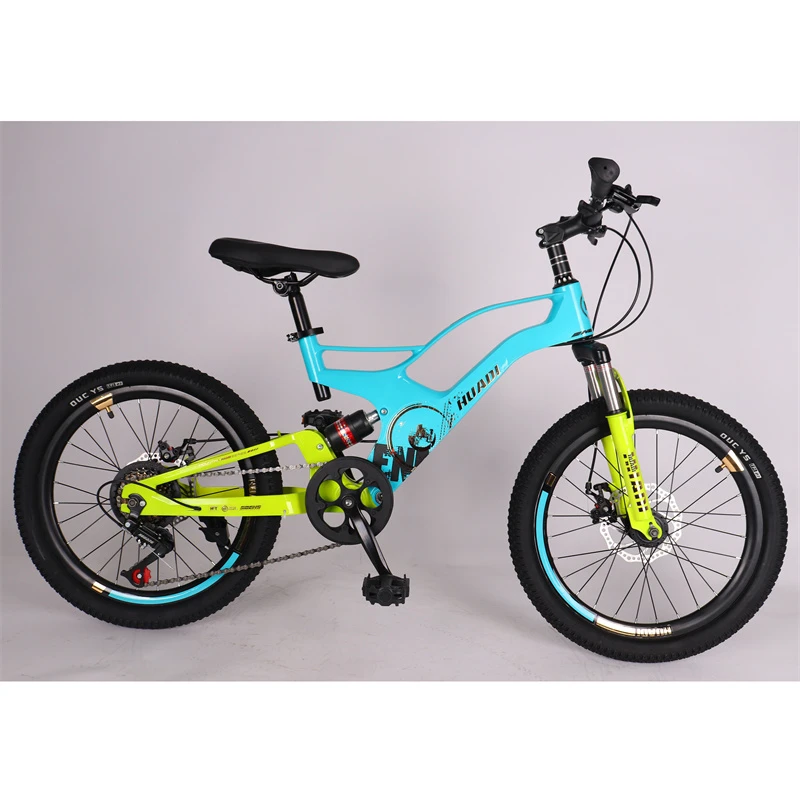how to teach a kid to ride a balance bike
How to Teach a Kid to Ride a Balance Bike
Teaching your child to ride a balance bike can be an exciting and rewarding experience for both of you. Unlike traditional bicycles, balance bikes are designed to help young children develop essential balancing skills before transitioning to pedals. Here's a comprehensive guide on how to introduce your child to the world of balance bikes effectively.
1. Choose the Right Balance Bike
Before you start, it's crucial to select a balance bike that fits your child's size. A well-fitting bike allows your child to sit comfortably on the seat while keeping their feet flat on the ground. Look for adjustable seats to accommodate your child’s growth. Generally, balance bikes are suitable for children aged 18 months to 5 years, depending on their height and coordination.
2. Gear Up for Safety
Safety should be a priority. Equip your child with a properly fitting helmet to protect their head in case of falls. You might also consider knee and elbow pads, especially if your child is just starting out. Make the safety gear a fun part of the process by allowing your child to choose their favorite colors or designs.
3. Creating a Comfortable Environment
Choose a safe, open area for practice. An empty parking lot, a park with a flat surface, or a quiet sidewalk can serve as the perfect environment for a first ride. Avoid areas with heavy traffic or obstacles that might distract or frighten your child.
4. Introduction to the Bike
Let your child explore the balance bike before attempting to ride it. Allow them to walk around with the bike, practice lifting their feet, and understand how to maneuver. Encourage them to sit on the bike and walk with their feet on the ground, gliding for short distances. This initial exposure helps build comfort and confidence with the bike.
5. Encourage Gliding
how to teach a kid to ride a balance bike

Once your child is comfortable sitting on the bike, it's time to practice gliding. Instruct them to get a good push off with their feet and then lift them slightly off the ground while they glide. Emphasize looking ahead instead of down, as this helps maintain balance and control. Practice this in short bursts, gradually increasing the distance as they gain confidence.
6. Focus on Steering and Balance
As your child becomes more proficient at gliding, introduce steering practice. Encourage them to use the handlebars to turn gently and navigate around cones or markers. Teach them how to control their speed by using their feet to slow down. This is crucial, as understanding balance and steering will facilitate a smoother transition to a pedal bike later on.
7. Celebrate Progress
Each milestone is worth celebrating, whether it’s gliding for a few meters or mastering steering. Positive reinforcement plays a significant role in building your child's confidence. Praise their achievements, no matter how small, and encourage them to push their boundaries as they progress.
8. Gradually Introduce Challenges
As your child becomes more skilled, gradually introduce small challenges, such as gentle slopes or uneven surfaces. This will help them learn to navigate different terrains while building their balance and control. Always ensure these challenges are age-appropriate and remain within their comfort level.
9. Transitioning to a Pedal Bike
Once your child has mastered riding the balance bike, they’ll likely be ready to transition to a pedal bike with ease. The balance skills they’ve gained will significantly reduce the fear of falling, making the learning process for a pedal bike much smoother.
Conclusion
Teaching your child to ride a balance bike is not just about the mechanics of riding; it's about instilling confidence, promoting physical activity, and creating lasting memories together. With patience, consistency, and plenty of encouragement, you can help your child embark on an exciting journey of balance and coordination that will serve them well in their future cycling adventures. Enjoy the ride!
-
Baby Balance Bike OEM Service – Kids No-Pedal, LightweightNewsNov.10,2025
-
OEM Kids Bike Children Bicycle – Cheap Wholesale BicyclesNewsNov.10,2025
-
Kids Bike New Model 12–18 inch Boys & Girls Bike, AdjustableNewsNov.10,2025
-
China Cheap Price Safe Kids Bike for 10yo w/ Training WheelsNewsNov.10,2025
-
China CE-Certified Kids Balance Bike, Guaranteed QualityNewsNov.10,2025
-
Colorful Outdoor Flashing Carton Children Scooter for KidsNewsNov.10,2025
-
Best Price Kids Balance Bike – Superior Quality, No PedalsNewsNov.10,2025








